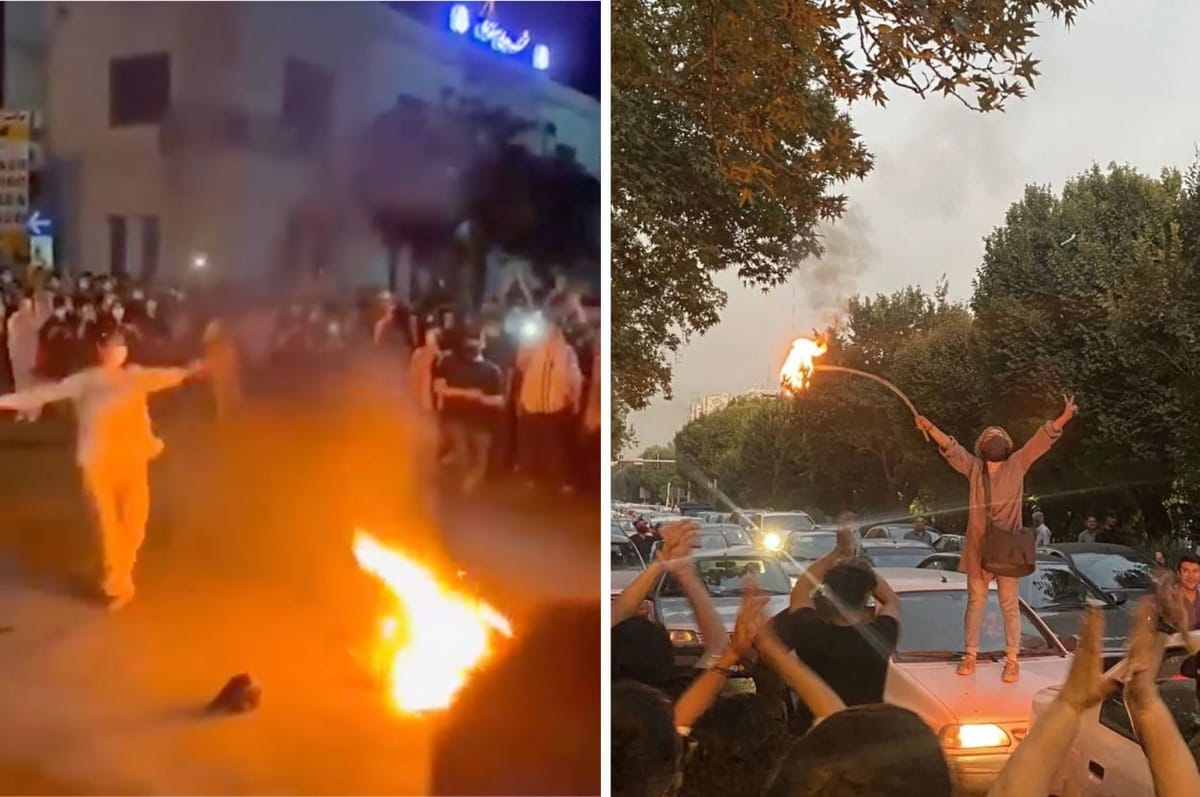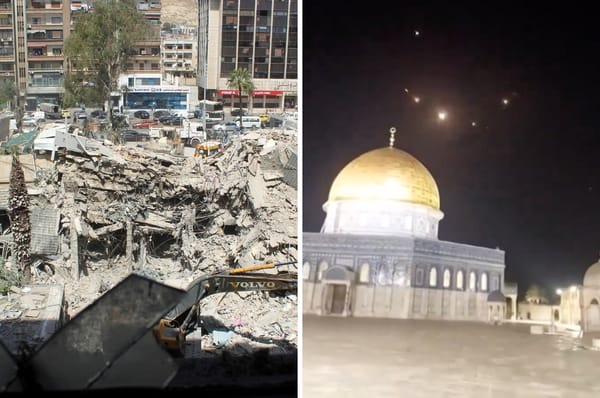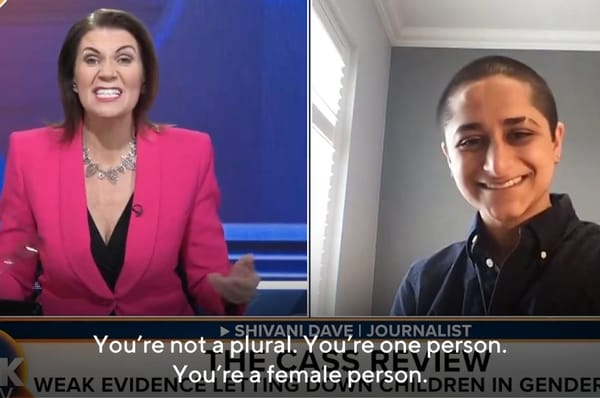Women In Iran Are Burning Their Hijabs To Protest The Mandatory Hijab Law After Mahsa Amini’s Death
Women in Iran are taking to the streets in massive protests following the death of 22-year-old Mahsa Amini, who died after she was arrested by “morality police” for allegedly breaking the country’s mandatory hijab law.

Women in Iran are taking to the streets in massive protests following the death of 22-year-old Mahsa Amini, who died after she was arrested by “morality police” for allegedly breaking the country’s mandatory hijab law.
The death of Amini, who eyewitnesses say was beaten by police, has sparked anger against the mandatory hijab law and police brutality against women.
Videos on social media showed hundreds of women removing their headscarves, despite strict laws prohibiting it.
They chanted “Death to the dictator,” referring to Iranian President Ebrahim Raisi.
Some women are even burning their hijabs and cutting their hair in solidarity with Amini and all the women who have suffered under the regime.
Security forces have responded with force, beating protesters with batons and deploying metal pellets, tear gas, water cannons to disperse them.
At least eight people have been killed and hundreds injured, according to Amnesty International.
Four of the people died from injuries sustained from security forces firing metal pellets at close range, and at least two other people have lost sight in one or both eyes, the human rights group said.
Kurdish rights groups say police have killed at least seven protestors since Amini’s funeral five days ago, but authorities have denied those claims.
In response to the protests, the government has also started to restrict access to Instagram, one of the few social media platforms allowed.
Whatsapp users in Iran have noticed they can only send texts and not photos, while Kurdish rights group Hengaw said that internet access had been cut in Kurdistan, where Amini was from, according to Reuters.
Internet watchdog Netblocks said the country is “now subject to the most severe internet restrictions since the November 2019 massacre.”
The protests have also shed light on the fight of Amini’s ethnic community, the Kurdish people.
The incident has increased tensions between the Iran government and the ethnic minority, who say the Iranian government has persecuted and oppressed them for decades.
As protests entered a fifth day, Raisi called his country “a model of justice and human rights” in an address to the United General Assembly on Wednesday Sep. 21 without mentioning the protests, the New York Times reported.
Since the 1979 Iranian revolution, women have been required to wear a hijab and modest clothing since the age of nine, but recently Iranian President Ebrahim Raisi has imposed a new set of restrictions to enforce the law.
The new restrictions have also brought a new wave of police brutality against women, with videos showing the violence committed by “morality police” against detained women.
The UN Human Rights Office said the “morality police’ had been expanding its street patrols in recent months and harassing and arresting women who were wearing “loose hijab”.
It said it had received and verified numerous videos of “morality police” slapping women across the face, beating them with batons and throwing them into vans.




